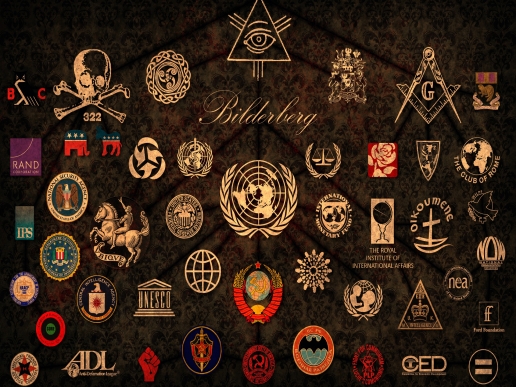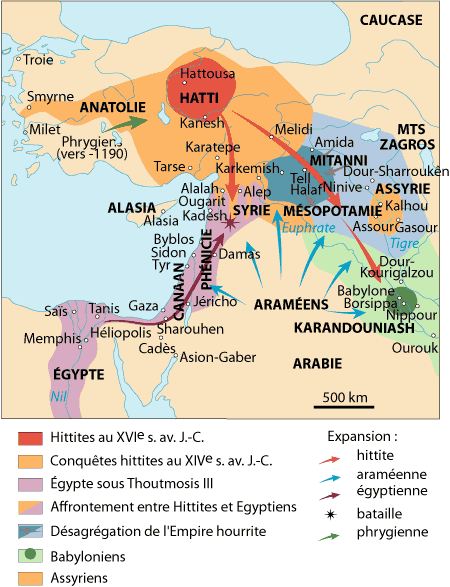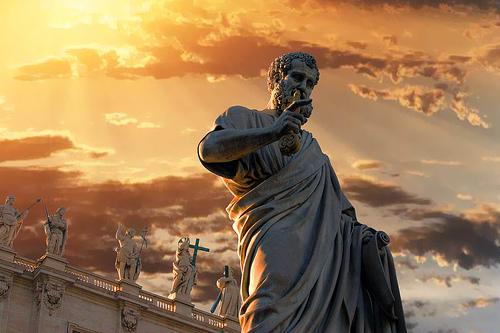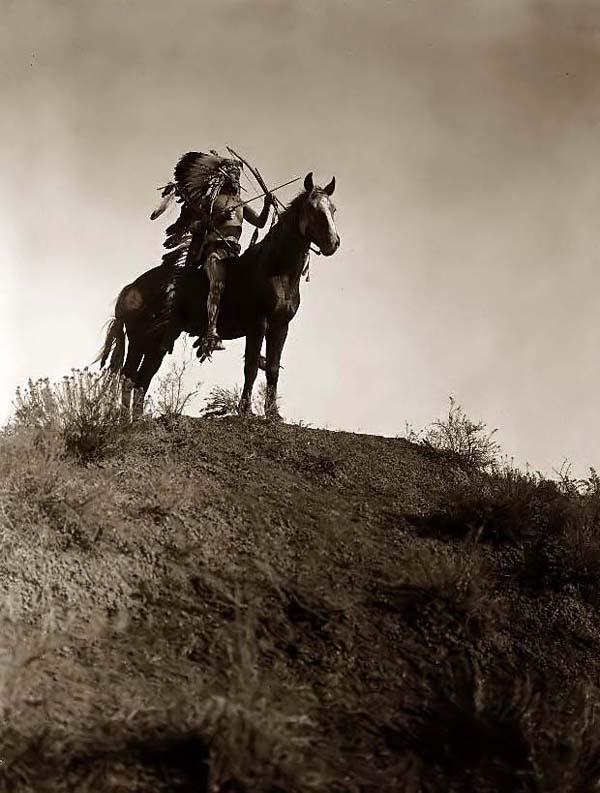According to Eliphas Levi, the three greatest books of Qabbalism are the Sepher Yetzirah, The Book of Formation; the Sepher ha Zohar, The Book of Splendor; and the Apocalypse, The Book of Revelation. The dates of the writing of these books are by no means thoroughly established. Qabbalists declare that the Sepher Yetzirah was written by Abraham. Although it is by far the oldest of the Qabbalistic books, it was probably from the pen of the Rabbi Akiba, A.D. 120.
The Sepher ha Zohar presumably was written by Simeon ben Jochai, a disciple of Akiba. Rabbi Simeon was sentenced to death about A.D. 161 by Lucius Verus, co-regent of the Emperor Marc Aurelius Antoninus. He escaped with his son and, hiding in a cave, transcribed the manuscript of the Zohar with the assistance of Elias, who appeared to them at intervals. Simeon was twelve years in the cave, during which time he evolved the complicated symbolism of the “Greater Face” and the “Lesser Face.” While discoursing with disciples Rabbi Simeon expired, and the “Lamp of Israel” was extinguished. His death and burial were accompanied by many supernatural phenomena. The legend goes on to relate that the secret doctrines of Qabbalism had been in existence since the beginning of the world, but that Rabbi Simeon was the first man permitted to reduce them to writing. Twelve hundred years later the books which he had compiled were discovered and published for the benefit of humanity by Moses de León. The probability is that Moses de León himself compiled the Zohar about A.D. 1305, drawing his material from the unwritten secrets of earlier Jewish mystics. The Apocalypse, accredited to St. John the Divine, is also of uncertain date, and the identity of its author has never been satisfactorily proved.
Because of its brevity and because it is the key to Qabbalistic thought, the Sepher Yetzirahis reproduced in full in this chapter. So far as is
THE SEVENTY-TWO NAMES OF GOD.
From Kircher’s Œdipus Ægyptiacus. This rare cut shows the name of God in seventy-two languages inscribed upon the petals of a symbolic sunflower. Above the circle are the seventy-two powers of God according to the Hebrew Qabbalah. Below two trees, that on the left bearing the symbols of the planets and that on the right the signs of the zodiac and the names of the tribes of Israel. The esoteric doctrines of the Qabbalah are in alignment with the secret teachings of all the schools of philosophy, but the method by which its secrets are revealed to the wise and concealed from the ignorant is most unusual. As the religious world interprets its scriptures with twentieth-century educational facilities, it becomes ever more apparent that the sacred books were not historical documents, but that the kings, sages, prophets, and saviors whom Bible students ham revered for ages as once-existing personalities are in reality only personified attributes of man himself.
p. 114
known, the Sepher ha Zohar has never been completely translated into English, but it can be obtained in French. (S. L. MacGregor-Mathers translated three books of the Zohar into English.) The Zohar contains a vast number of philosophical tenets, and a paraphrase of its salient points is embodied in this work.
Few realize the influence exerted by Qabbalism over mediæval thought, both Christian and Jewish. It taught that there existed within the sacred writings a hidden doctrine which was the key to those writings. This is symbolized by the crossed keys upon the papal crest. Scores of learned minds began to search for those arcane truths by which the race should be redeemed; and that their labor was not without its reward, their subsequent writings have demonstrated.
The theories of Qabbalism are inextricably interwoven with the tenets of alchemy, Hermeticism, Rosicrucianism, and Freemasonry. The words Qabbalism and Hermeticism are now considered as synonymous terms covering all the arcana and esotericism of antiquity. The simple Qabbalism of the first centuries of the Christian Era gradually evolved into an elaborate theological system, which became so involved that it was next to impossible to comprehend its dogma.

Moe is the founder of GnosticWarrior.com. He is a father, husband, author, martial arts black belt, and an expert in Gnosticism, the occult, and esotericism.

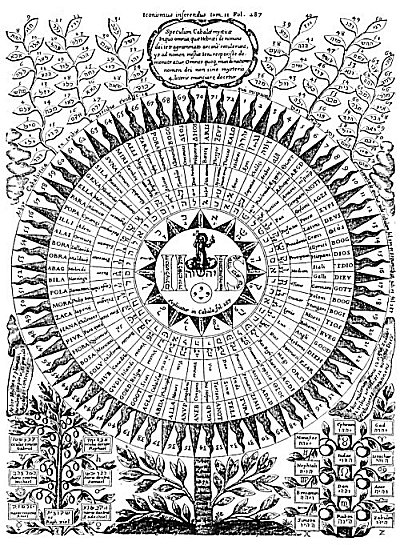
![How St. Augustine in Kent followed the doctrine and manner of life of the primitive Church, and settled his episcopal see in the royal city [597 A. D.] | Book 1 Chapter 25 How St. Augustine in Kent followed the doctrine and manner of life of the primitive Church, and settled his episcopal see in the royal city [597 A. D.] | Book 1 Chapter 25](https://www.gnosticwarrior.com/wp-content/plugins/contextual-related-posts/default.png)
